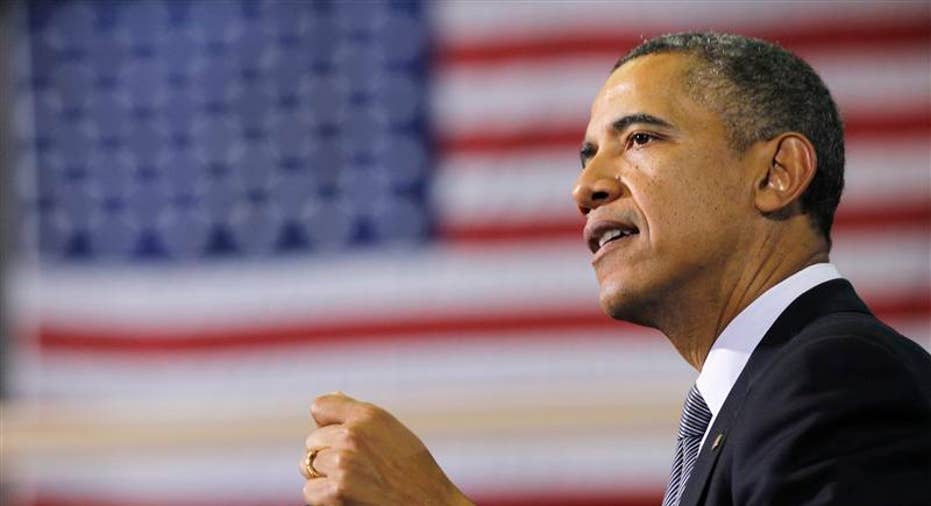ObamaCare’s ‘Fix’ and It’s Ripple Effect for 2016 and Beyond

After the Department of Health and Human Services announced Wednesday it was extending its policy allowing Americans to keep their previously-cancelled plans for an additional two years, the cost to insurance companies, individuals and the federal government comes into question.
The administrative fix, first announced by President Obama in November, was a way to subdue public outcry from the six million and counting Americans who had their plans cancelled for failing to meet new requirements mandated by the Affordable Care Act. The law requires all health plans include 10 essential health benefits, including mental health services and ambulatory care. The newly-extended fix, which runs through Oct. 1, 2016, continues to be at the discretion of both state regulators and insurance companies.
Insurance companies, which analysts predict have spent millions to comply with the new law, will receive reinsurance subsidies through 2017 via the risk corridors provision in the ACA. The risk corridors, which Congressional Republicans tried to do away with last year, involve subsidies paid out by the federal government. If insurance companies have losses greater than 3% of their projections, the law says the government will cover 50% of these costs. If losses are higher than 8% of the insurers’ estimates, the government is on the hook for 80% of the bill.
The recent ACA report from the nonpartisan Congressional Budget Office (CBO) estimated that the government would take in $16 billion through the risk corridors by 2017, but would have to pay out $8 billion to insurers to cover their losses. The net $8 billion is now in question under the extension. “Because issuers’ premium estimates did not take the transitional policy into account, the transitional policy could potentially lead to unanticipated higher average claims costs for issuers of plans that comply with the 2014 market rules,” HHS stated in a release on Wednesday.
If young and healthy enrollees do not enter the market through 2017, the government will likely wind up paying out much more to insurers because they were unable to get balanced risk pools, says Vishnu Lekraj, senior insurance analyst at Morningstar. “If you don’t have enough young folks offsetting older and sicker enrollees, it could wind up being a deficit versus a surplus.”
Under the ACA, every individual in the country has to have insurance by the end of open enrollment period or they will face a fine of $95 a year or 1% of their annual income. So far, 4 million people have selected plans on both state and federal exchanges, and 25% are ages 18-to-34, HHS reports.
If the grandfathered plans keep the young and healthy out of the risk pools, Yevgeniy Feymans, Manhattan Institute scholar, says this will put more upward pressure on insurers. And continued changes for insurers mean post-2017, when the risk corridors provision ends, premiums could be hiked.
“By letting these plans exist for longer than they were supposed to, you keep more people out of the exchange risk pools,” he says. “But on the flip side, the administration says 1.5 million people will be impacted by this on the individual market. Pre-Obamacare, those on the individual market tended to skew older. This may wind up keeping older people out of the exchanges also, which puts downward pressure on premiums. It’s unclear which will win out.”